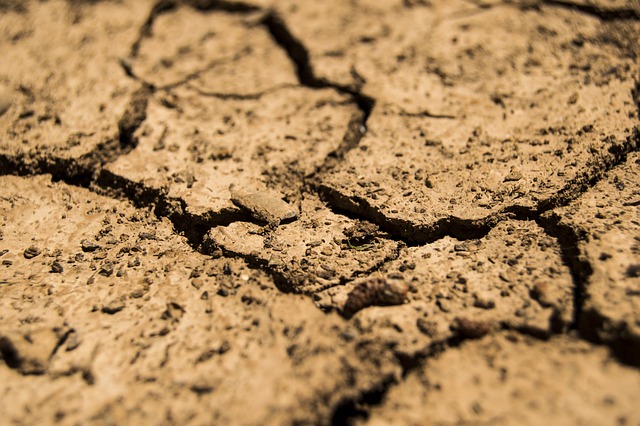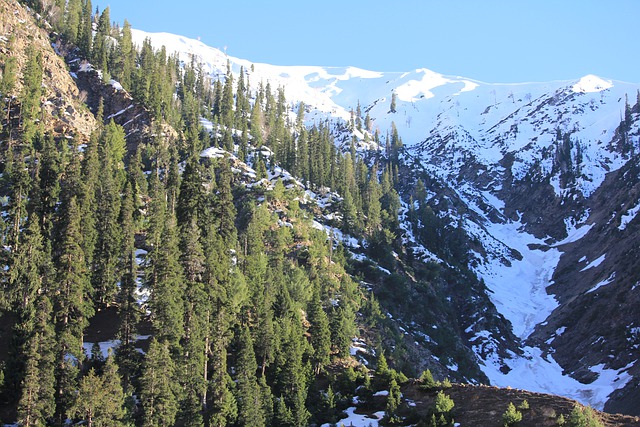What is meant by Soil Retrogression?
Soil retrogression in simple terms is related to the slow degradation of soil in which the soil reverts back to its original state after going through various cycles and stages of succession.
Succession – a phenomenon in which bare soil or hard rocky earth is colonized by a pioneer species which is the first plant community to establish itself on the land. It is then followed by primary plant communities are ultimately replaced by secondary and newer plant communities.
A major characteristic of soil retrogression is loss of soil structure and stability due to various factors related to human activities.
Check out: Soil and Water Sampling Techniques
Causes and Effects of Soil Retrogression:
- Soil Erosion: Soil disturbance that results due to cultivation, or other human activities that cause the top layer of the soil to be easily removed, leads the succession to end up returning the soil back to its original form. This will lead to soil degradation and a decrease in crop yield by almost 50% if degradation and retrogression are at an advanced stage. Also read: What are Soil Erosion Measurement Methods and Techniques? and How to Prevent Soil Erosion? Traditional and Modern Methods
- Water Runoff: irrigated lands carry off top layer of soil from the land into the water bodies. This is aggravated by loss of trees and deforestation etc. This leads to depletion of soil minerals and nutrients and therefore increases soil salinity and lowers the water table due to lack of retention in soil.
- Deforestation: removing trees leads to loss of soil and its nutrients which makes the soil fertile. The deforestation leads to land degradation among many other things as roots of trees not only retain water but also prevent the soil loss due to run off. For more detail, read: Deforestation – Causes, Effects, and Solutions
- Intense Agriculture: cultivation and agricultural practices such as excessive tilling leads to soil retrogression over the years. Intensive farming practices, overgrazing, intensive cultivation, forest fires and construction work are some other reasons why a soil may regress. In addition, monoculture, row cropping, excessive tillage, crop removal and land-use conversion are some other reasons that can lead to soil retrogression.
- Local Climate and Vegetation: These also influence the state of soil and depending on what stage of succession is going on, soil may go into retrogression. Especially due to climate change many areas around the world are at a risk of soil retrogression which can lead to the detriment of many aspects of human life. Such as vastly reduce our ability to grow food and a decrease in food resources. Where food scarcity and insecurity is already an issue, soil retrogression may aggravate it.
Related: Climate Change Impacts on Plain Areas Landform of Pakistan
Ways/Suggestions to Prevent Soil Retrogression:
First and foremost, aside from the obvious things like: planting more trees, afforestation, and reforestation practices. We need to decrease industrial farming practices and instead adopt and practice sustainable and biodynamic farming practices like crop rotation, which allows different sorts of plants to grown in a soil and allows it to replenish its nutrients.
Check out: What is Biodynamic Farming? – Methods and Advantages
Use Agroforestry techniques which allows us to grow food and normal crops we want to grow and also requires growing other types of plants like hedges and shrubs etc. that not only prevent water run off thus preventing soil loss but also ensures nutrients are not depleted from the soil effectively delaying soil retrogression. Buffer strips, contour farming can also prevent loss of soil by effectively using most of land in a sustainable way.
Also check out: Biodynamic Farming Benefits and Importance for Environment
Buffer strips are narrow strips of perennial (plants that grow all year round) plants grown in such way so that the the loss of soil, fertilizers and nutrients from soil does not occur. They are primarily used to prevent the water runoff from fields.
Contour Farming is basically the practice of farming on elevated sloped with contours or borders drawn in a way that can conserve water and ultimately prevent soil erosion and the subsequent soil erosion.
Additionally, mulching, cover cropping are some techniques that effectively curb soil loss because to prevent soil retrogression, our main goal should be to prevent the erosion of soil itself. Placing hay stalks, wood chips, and other leftover crop residue and similar materials in heavily cultivated areas where vegetation is hard to establish and maintain can greatly help in maintaining and increasing the soil quality, structure and stability.
Also check out: Soil Erosion and Degradation – Causes, Effects, and Solutions
I hope you all liked this post! Please comment below if you have any suggestions, comments, or feedback! We at #envpk love hearing from our readers! Thanks!




